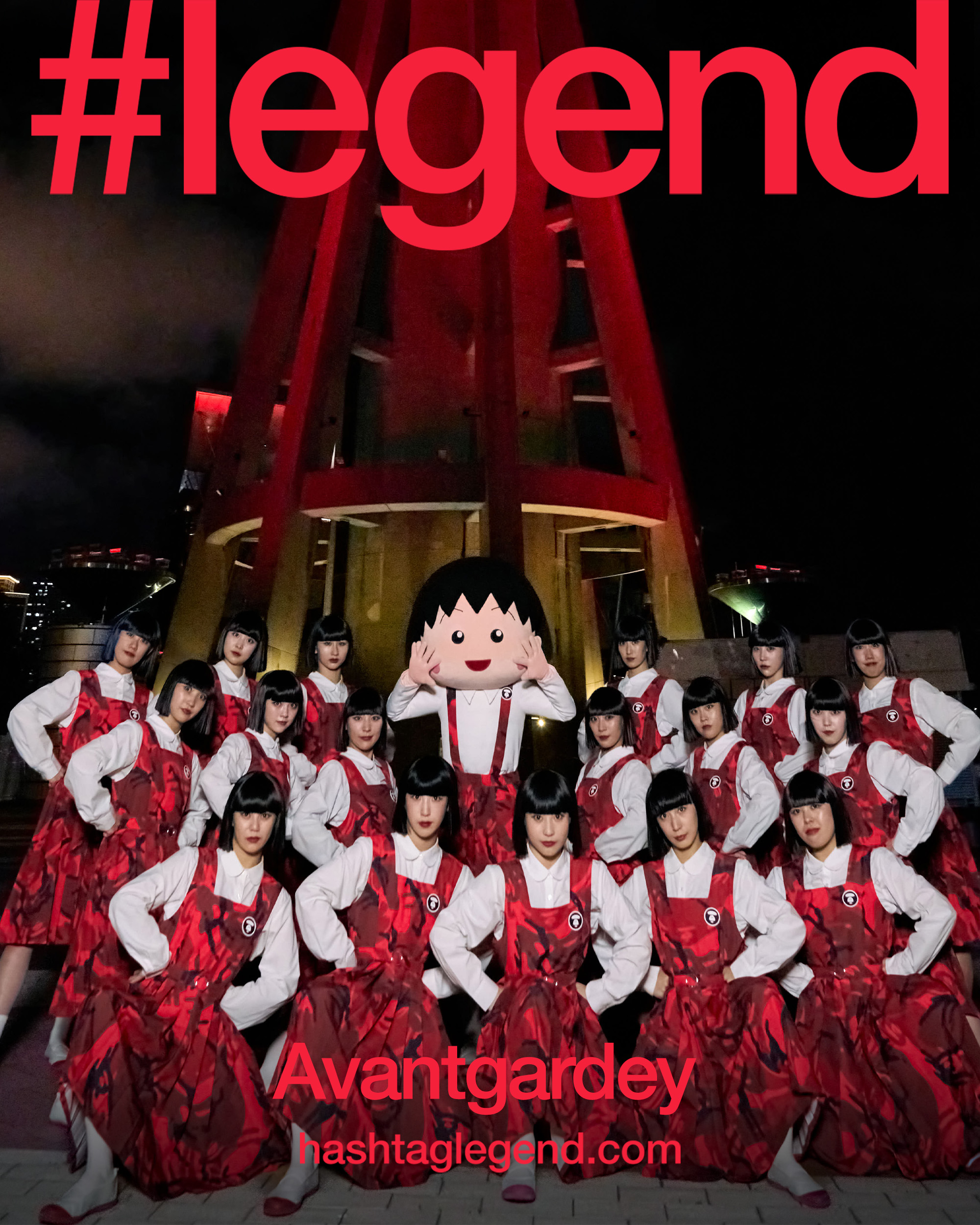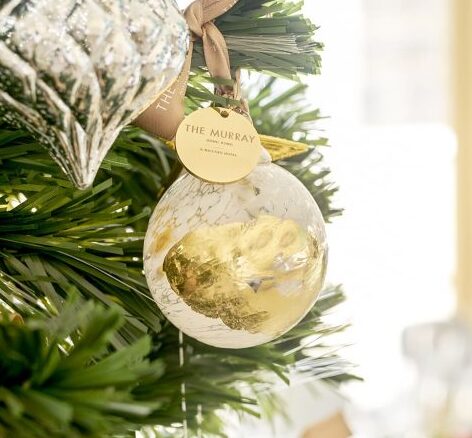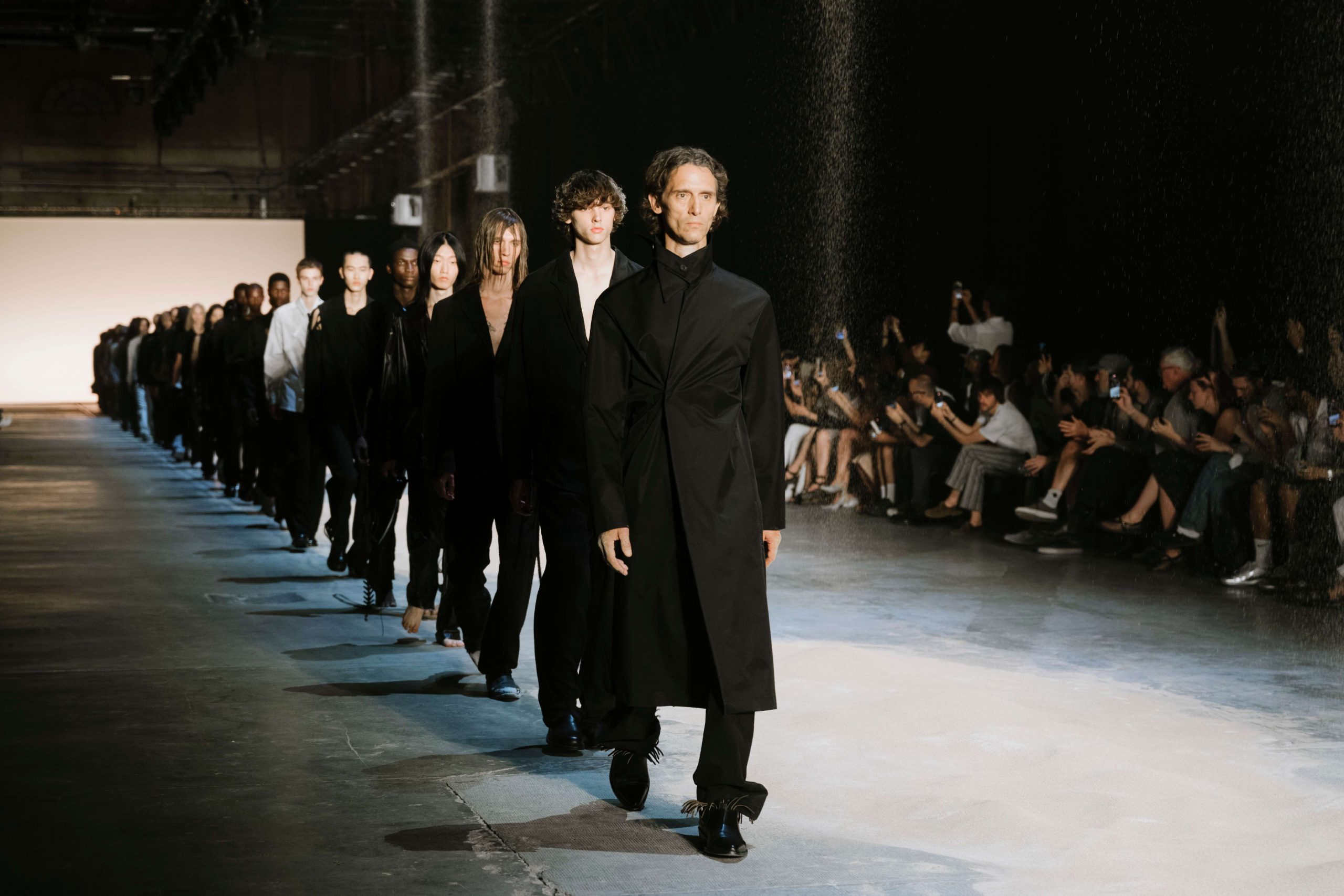To celebrate the 60th anniversary of diplomatic relations between China and France, the Hong Kong Palace Museum is hosting a five-month-long special exhibition that puts porcelain and enamel at the heart of the two countries’ greatest periods of cultural exchange. Versailles’ Laurent Salomé sheds light on the exhibition, revealing to Zaneta Cheng the secrets and stories behind the teapots, punch bowls, vases and more
For anyone who grew up noticing and wondering about the Chinese predilection for French Rococo style, it might be worth paying a visit to the Hong Kong Palace Museum to see The Forbidden City and the Palace of Versailles: China-France Cultural Encounters in the Seventeenth and Eighteenth Centuries.
On display until May 4, the special exhibition presents almost 150 items from both the Forbidden City and the Palace of Versailles, focusing on the cultural dialogue between the two countries during the reigns of Louis XIV and Louis XV in France and Emperors Kangxi and Qianlong in China – all rulers who were great appreciators of beautiful objects with a fascination and respect for foreign exchange and encounters.
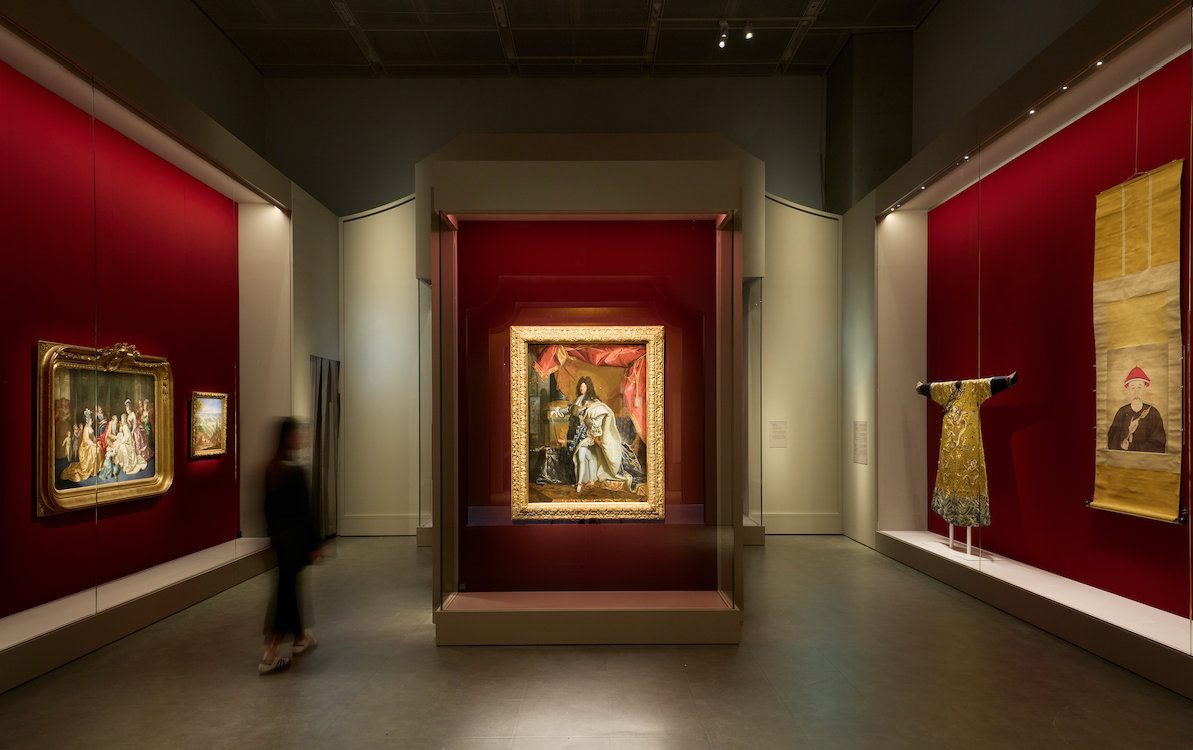
Laurent Salomé, director of the National Museum of the Palaces of Versailles and Trianon, breaks down the exhibition, which explores the relationship between the two countries and the ways they influenced each other in science, craft, art, culture and philosophy during the 17th and 18th centuries through the objects on display.
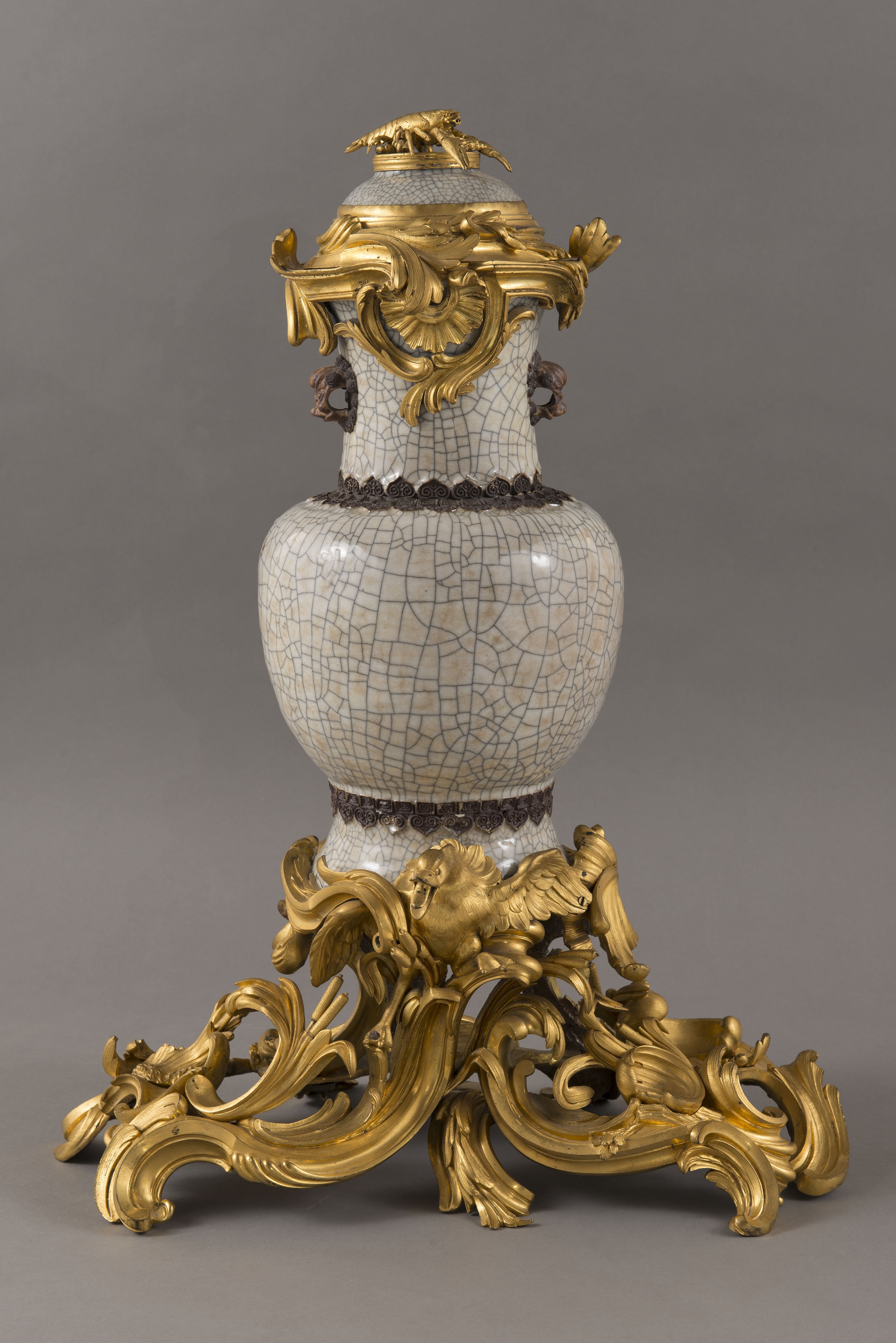
On curating 150 items that represent the connection between China and France across two centuries
There are new objects here from the collections of the Forbidden City, including objects we don’t know much about yet. The curators here in Hong Kong were interested in exhibiting them to open the doors for new research. There’s a painting on glass, for instance, which we’re not totally sure is French but it looks very French and we’re working to identify the artist. So this is really a scholarly collaboration – a very friendly one – and an ongoing project. We didn’t want this to be another travelling exhibition, so it’s a different experience.
The show is very clear, while going further in the confrontation of objects. There are sections where the Chinese objects and the French objects are seen together, so it challenges the eye, especially for those unfamiliar with the technical history. But we did make sure that the sections are clear.
To start, we introduce the main characters – Chinese emperors, French kings – and a few other very important people. Then the objects speak. From there you see, you feel – and even if you’re not a specialist, you can feel, for instance, the way the porcelain and the enamel have been looked at by both countries, influencing each other and also in a kind of rivalry where everybody is trying to show their best. Ultimately, this pushed technological progress much further and much quicker.
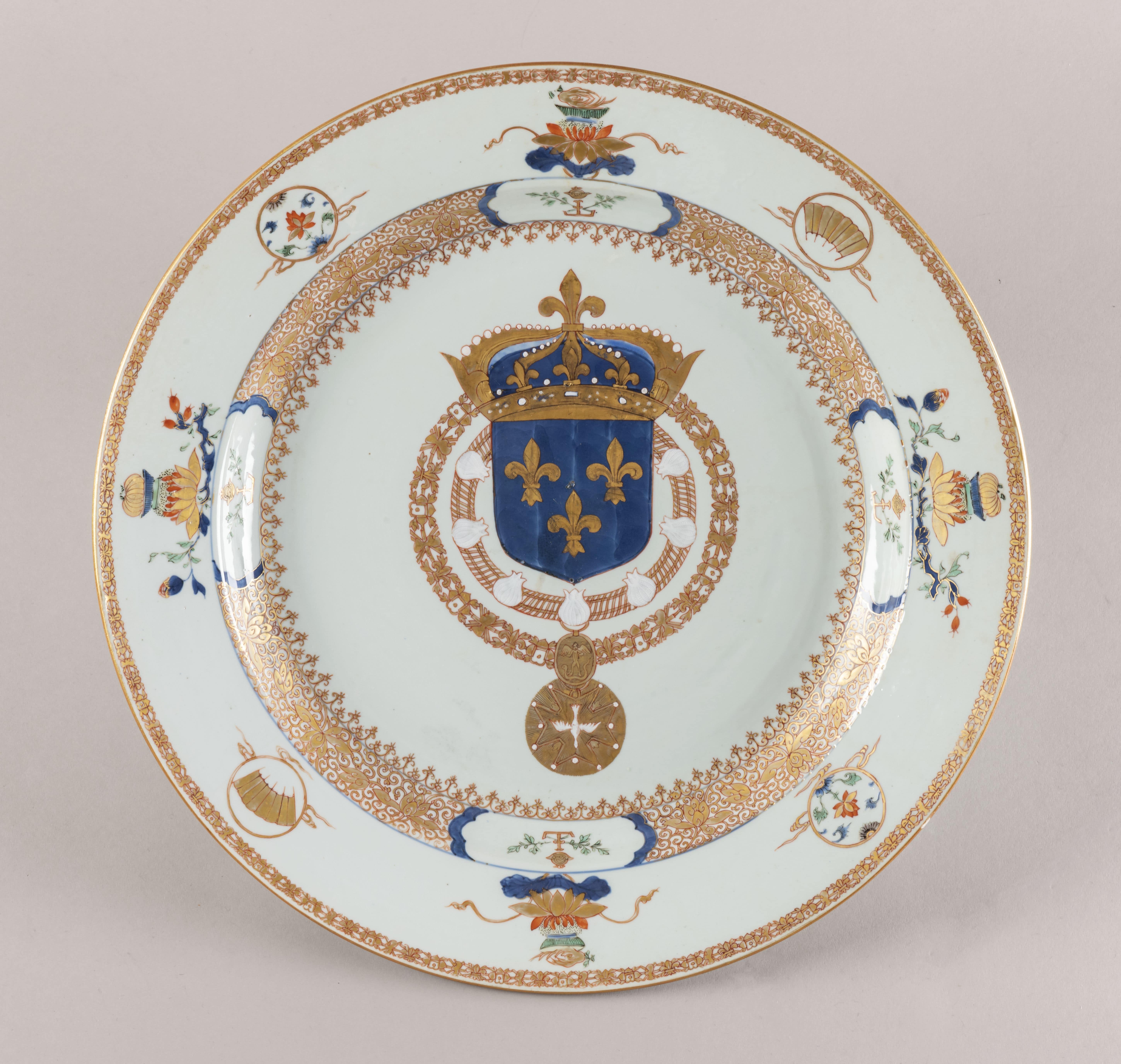
On discovering unexpected objects in the curation and research for the exhibition
We knew there were a lot of objects that we hadn’t seen before in the Forbidden City collections. There have been so many diplomatic gifts – we knew there were a lot – so it was very moving to rediscover the precious objects offered to China by Louis XIV, because they all remained in the Palace Museum. And in France, particularly, we’re a country which had a very, very violent revolution. It was particularly violent for arts because one of the ideas of the revolution was to destroy all traces of the tyranny of the previous regime.
So much of the art and architecture of this period was destroyed, and the objects were not kept. When we go, for instance, to Dresden in Germany, we’re surprised to see gifts from France, which have been kept there and not destroyed. We’ve rediscovered things that we don’t see anymore in France – costumes, equipment for horses and things like that that have all been well kept in Sweden, in Germany, in China and not in France.
For this exhibition, we knew there would be a lot in the collections of the Forbidden City because there have been so many diplomatic gifts. Discovering the collections with the colleagues in Beijing was a good experience, because I think even they need an opportunity to conduct research on these objects. I think even they discovered things.
There are some pieces we’re not completely sure about. For example, there’s a wonderful painting with a reindeer at the end of the exhibition. It’s attributed to the Jesuits in France but we’re not sure and there’s still discussion about this. Bringing the piece to Hong Kong means that the colleagues in Hong Kong can also help. I think that’s also the purpose of exhibitions – they’re for the general public, but scholars can also think about those attributions. And of course, rediscovering the precious objects offered by Louis XIV is very moving in and of itself.
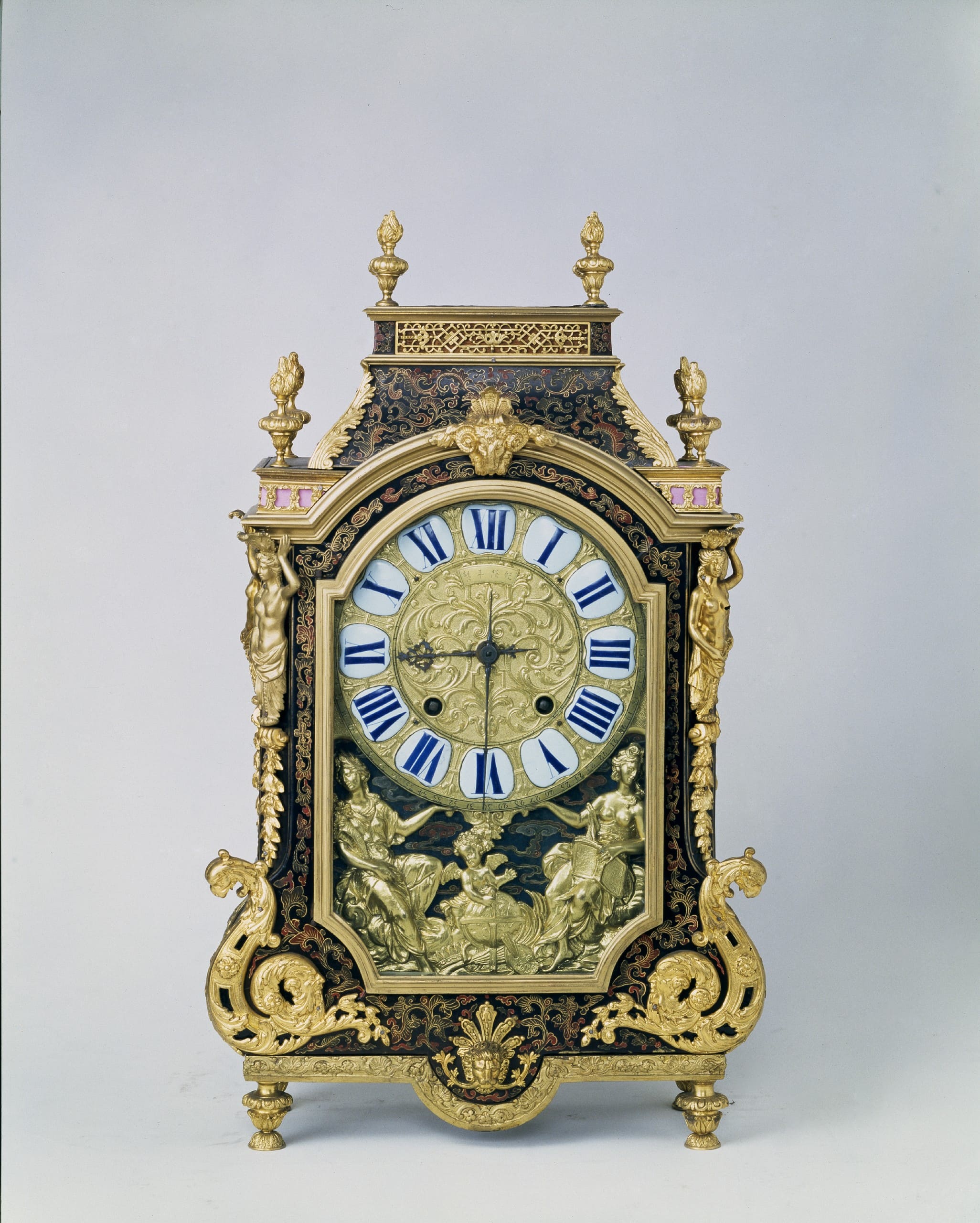
On the French curiosity for Chinese porcelain
Part of it was that the French wanted to find a way to actually make it themselves. And when they finally managed to do it, they never managed to perfect it as the Chinese did. French porcelain manufacturers never reached the perfect thinness and transparency of Chinese porcelain – though manufacturers like Vincennes and Sèvres reached a level of perfection that was amazing in their own right, it was different to Chinese porcelain.
That’s one of the things you see here in the exhibition. There’s a mix of aesthetics and the way of decorating an object from enamelling to porcelain – there’s enamel porcelain that became its own specific type of production.
There’s this wonderful little teapot that isn’t porcelain, it’s enamelled gold. It’s amazing. It looks so Chinese. It’s more Chinese than Chinese, and it was made by a French artist. Take a look at the peonies and the decoration. Next to it is another teapot, which is an example of a French product that was inspired by Chinese porcelain that was then copied by the Chinese.
So you have the French object and the one that the Chinese copied, which was commissioned by Emperor Qianlong. So it becomes very complex and for someone who doesn’t know the story, you can hardly tell whether it’s French or Chinese.
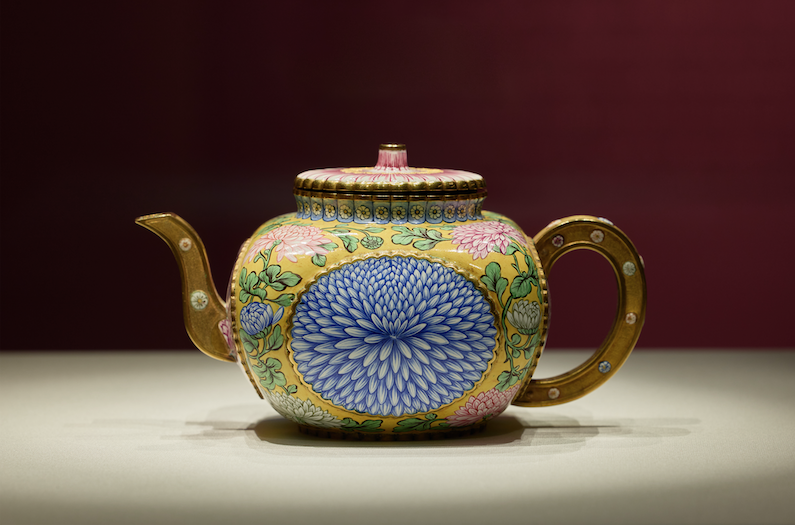
On the Jingdezhen dish with the coat of arms of France for the service of Louis XV at Versailles
This is the first royal serving set that was used at the Court of Versailles. It’s a Chinese production with the coat of arms of France. Before France had its own manufacturers, the only way to own porcelain was to order it from China and have it made with a design commissioned by the French. So it’s funny to see here how the Chinese artists interpret Western motifs and the Holy Spirit, for example.
It’s different from what you would find in French iconography. The object is a hybrid and there’s a whole service of this, which we recently acquired a few pieces of. There was nothing until recently, when we discovered it in Versailles. Shortly after that, the king began the production of the very famous blue Celeste service. You can see the punch bowl in the exhibition, which is the largest piece. There are simple pieces but you also have very ornate pieces.
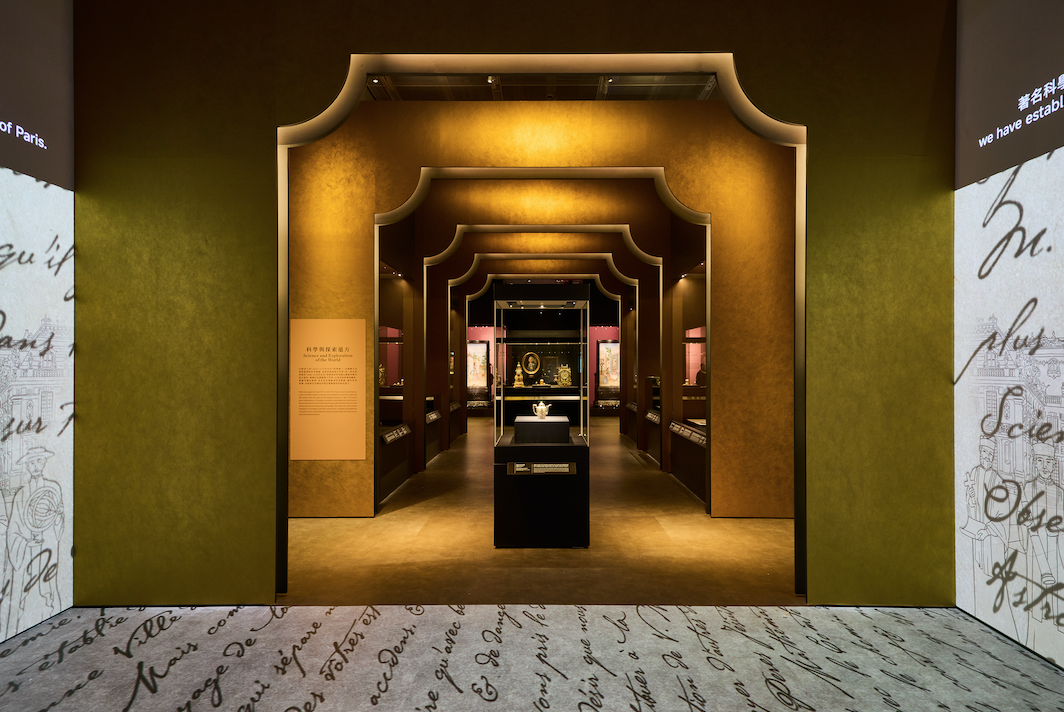
On transforming a Chinese stool into a decorative object
This is an example of how the French would collect Chinese objects and transform them using mounts. It’s an obsession in France. They wanted to mount them. It’s not a sign of disrespect as occasionally interpreted by collectors of Chinese ceramics. Some might think it’s awkward to transform an object in this way but it was a mark of respect and admiration. This is a garden stool. It’s been mounted as if it’s a vase but really it was a stool and not such a sophisticated object in the beginning.
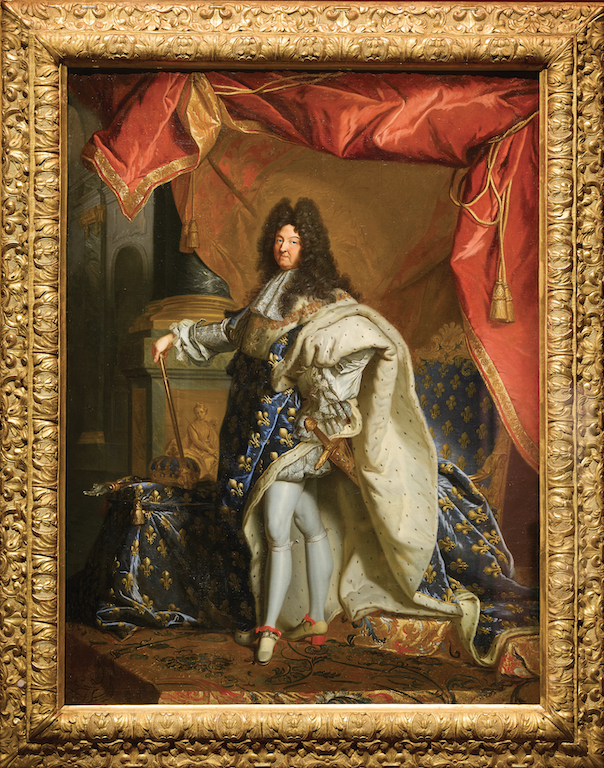
On the legacy of the cultural exchange and influence between China and France in the 19th century
The inspiration of the Far East, with China being at the centre of that concept, has always remained in France in a very strong way, even to this day. I think people would dream about China in the 19th century. It was very strong then as well. Then Japan became another influence.
It became then a balance between China and Japan, but strangely for the French, there’s always been a central need for the refinement and atmosphere of the Far East. I mean, you cannot imagine the French art of living without these influences. They are everywhere. The quest of simplicity in relation to nature – even with art nouveau and art deco – these are very much inspired by Asian art. Many collectors are very fond of it in jewellery and in silverware.
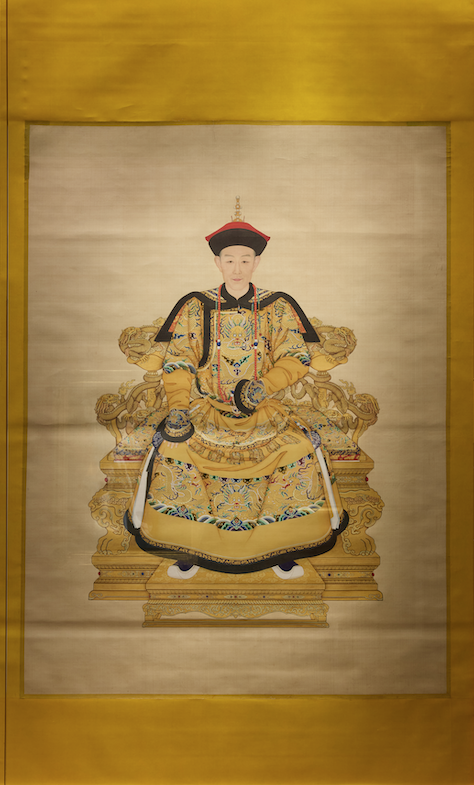
On what he hopes this exhibition imparts on visitors
Well, I think the important thing with an exhibition is to start with something that’s a little unclear in your mind. It’s different from reading a book. It’s an impression. It’s about sensitivity and the kind of ideas and questions that seeing these objects raises in you, and to create a desire that makes you want to see more. Also to make beautiful impressions, because here we’re talking about the ultimate productions of each country – absolute refinement, whether it’s silver or enamel or porcelain objects.
I think it’s also to create some desire for travel, some curiosity about France – to discover that the French and the Chinese have been so connected in the past in spite of the differences and the distances.
You have to imagine – and it’s funny when you tell this story now –
all the months that it took to even get a message to the emperor of China – that letter that never arrived from Louis XIV. It’s hard to think in this age of instant messaging that they could do so much in such difficult conditions. You had a project to do something with China, it would take a few months for your people to get there and more months again to get news from there.
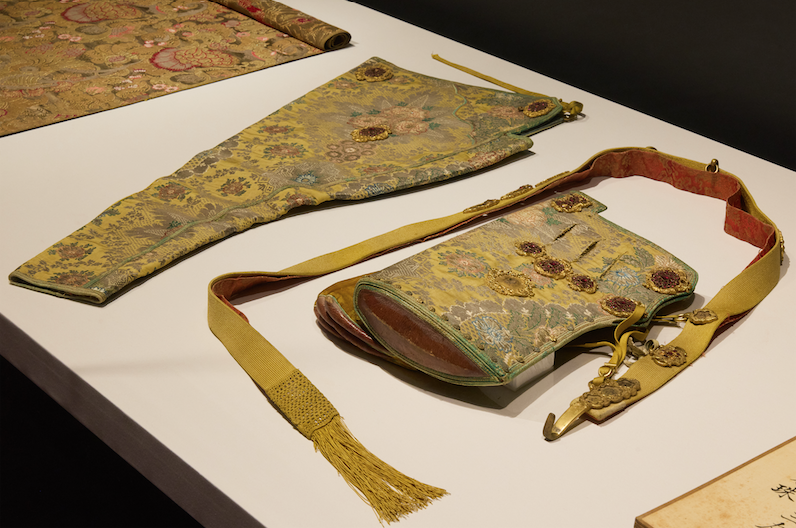
On the significance of this international exhibition
I think working on these two exhibitions has made us know our colleagues better and it was important to work together because we realised that we really are working toward the same goals and asking the same questions, despite the language barrier, which opens up all kinds of possibilities for other collaborations. We also feel it’s important to do these exhibitions because when you’re back home, you realise that people know very little about China and carry prejudice.
We used to have many Chinese visitors at Versailles. China used to comprise 13% of our visitors. It was zero after the pandemic and now it’s about 6%, so it’s coming back but it’s interesting to see that it was the first country in terms of proportion of global visitorship. And the question is why. One answer, of course, is that China has many people. But, still, it also shows that there is a special connection in taste.
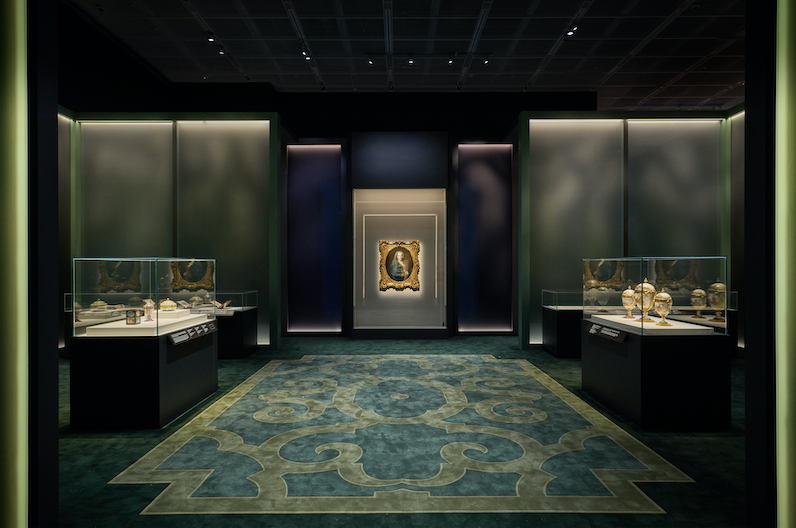
On Voltaire’s admiration of Chinese culture
He was one of the most influential writers to explain China’s ancient, prestigious and fantastic civilisation to the French people and it was something that many people in France did not know at the time. We have many people in France today who don’t really understand what China is. They’re a bit afraid of China. There’s some prejudice, and it was the same in the 18th century. Voltaire was absolutely fascinated. He wrote the play L’Orphelin de la Chine, which translates to “The Orphan of China”. He was a really great admirer. In fact, his philosophy is all about justice and freedom, but also curiosity and open-mindedness so I really think he is the perfect person to end the show here. It’s quite a strong visual ending to conclude the exhibit with Voltaire’s attitude.
Also see: #review: Tilda Swinton and Julianne Moore unite in The Room Next Door


